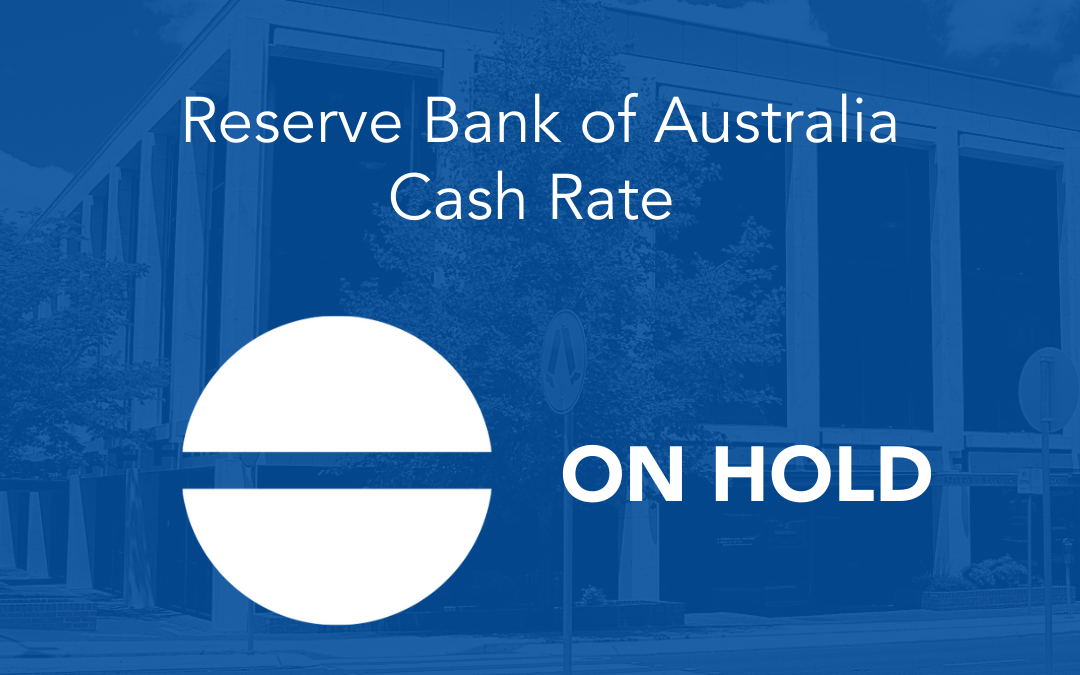At the December, and last meeting of the year, the RBA Baord has elected to continue holding the offical cash rate at 10%. Additionally it has decieded to maintain all of the current policy settings.
RBA Governor Philip Lowe said in a statement accopanying the decision:
In Australia, the economic recovery is under way and recent data have generally been better than expected. This is good news, but the recovery is still expected to be uneven and drawn out and it remains dependent on significant policy support. In the RBA’s central scenario, it will not be until the end of 2021 that the level of GDP reaches the level attained at the end of 2019. In the central scenario, GDP is expected to grow by around 5 per cent next year and 4 per cent over 2022.
…
Employment growth was again strong in October, although the unemployment rate increased to 7 per cent as more people rejoined the workforce. A further rise in the unemployment rate is still expected, as businesses restructure in response to the pandemic and more people rejoin the workforce. The unemployment rate is forecast to decline next year, but only slowly and still to be around 6 per cent at the end of 2022.
…
The Board views addressing the high rate of unemployment as an important national priority. Its policy decisions over recent months will help here. These decisions are complementary to the significant steps taken by Australian governments to support jobs and economic growth.
…
Globally, the news has been mixed recently. On the one hand, infection rates have risen sharply in Europe and the United States and the recoveries in these economies have lost momentum. On the other hand, there has been positive news on the vaccine front, which should support the recovery of the global economy. The recovery is also dependent on ongoing support from both fiscal and monetary policy. Hours worked in most countries remain noticeably below pre-pandemic levels and inflation is low and below central bank targets.
…
Given the outlook for both employment and inflation, monetary and fiscal support will be required for some time. For its part, the Board will not increase the cash rate until actual inflation is sustainably within the 2 to 3 per cent target range. For this to occur, wages growth will have to be materially higher than it is currently. This will require significant gains in employment and a return to a tight labour market. Given the outlook, the Board is not expecting to increase the cash rate for at least 3 years. The Board will keep the size of the bond purchase program under review, particularly in light of the evolving outlook for jobs and inflation. The Board is prepared to do more if necessary.
To read the full statement, go to https://www.rba.gov.au/media-releases/2020/mr-20-32.html

